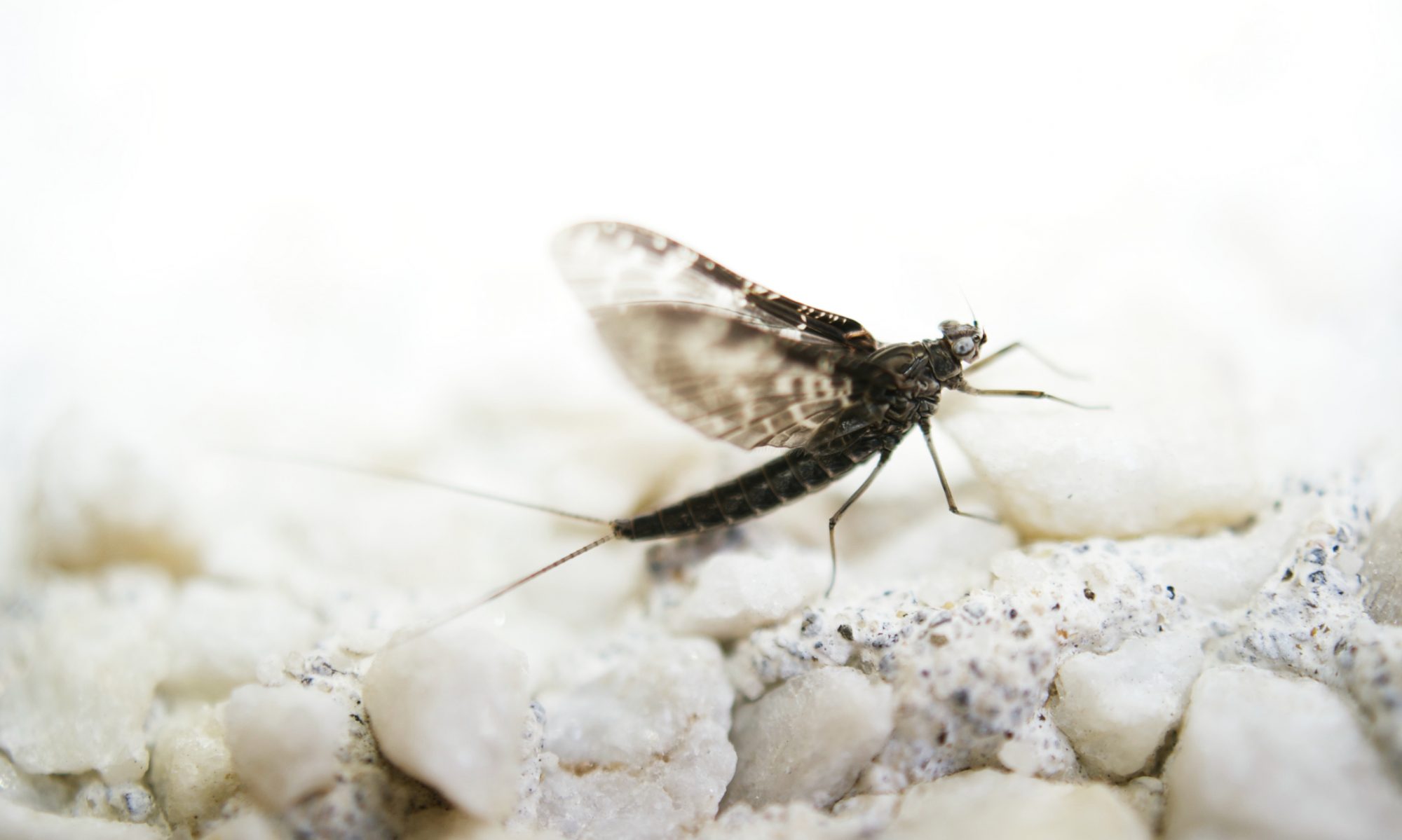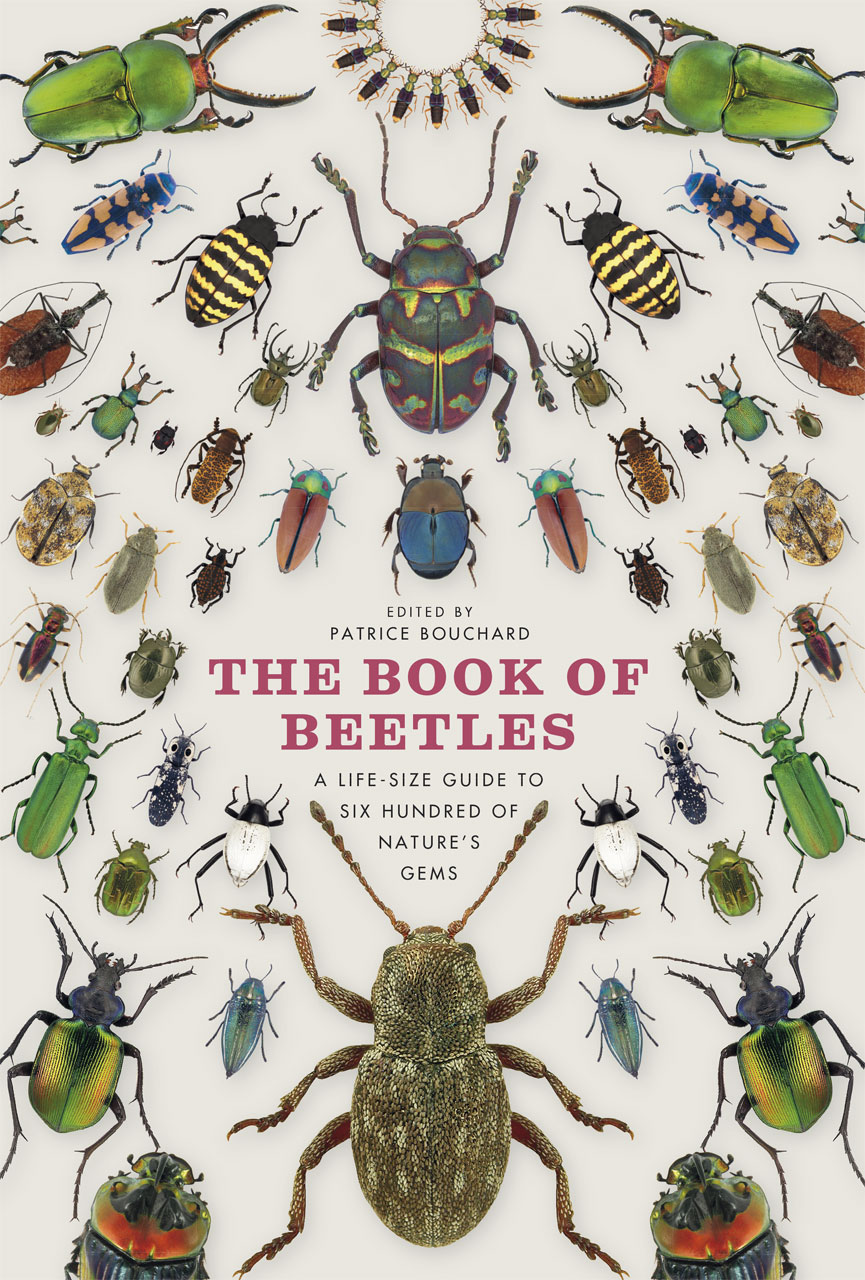When we think of endangered animals, among the first things to come to mind may be creatures like rhinoceroses, tigers, or condors. Large animals, lots of press, and pressing concerns. There are an estimated 799 eastern black rhinos, ~400 Siberian tigers, and 237 California condors left in the wild. In some cases, as with these animals, their numbers have been reduced by human assaults of various sorts. In most cases there are plenty of ongoing issues, often related to habitat loss, that either keep populations in decline or which make recovery difficult.
But these animals and their attendant situations all seem pretty far away. Their distant geography lends itself to experiential distance as well. We hear about them, we see photographs and documentaries about them, but we will likely never have a chance to encounter them in the wild. Of course, even with geographical and experiential distance, concern is still warranted, and we might donate some money to one or another of these causes, or at least keep up with the issues via the news media. But beyond that, what can we do? The situations for these animals, and many others like them, may be dire, but we realistically can’t be present with them.
What if I told you that there is an animal in our own back yard (if you live in the Vancouver area) with population numbers and threats akin to – or perhaps worse than – those facing a Siberian tiger? What if I told you that, like a tiger, it is a ferocious predator?
What if I told you that it’s a spider?

The animal that I’m talking about is the Georgia Basin bog spider (Gnaphosa snohomish). It is quite likely that you’ve never heard of it until now, and very likely that you have never seen it, even unintentionally. That is because although it lives in heavily populated southwestern British Columbia and the surrounding area, it is restricted to a few small patches of habitat where, even in such a major population centre, few people ever go. And because few people ever go to where it lives, those spots are often under pressure for development – “if no one uses that area presently, why shouldn’t we turn it into something ‘useful’?” goes the thinking.
Because of where it lives – as the name implies, in boggy wetlands – the Georgia Basin bog spider’s population numbers are not fully known. Thankfully, though, some people do go and look for this creature, and what we do know is that, indeed, the population levels and threats are likely similar to some of the bigger animals mentioned in the preamble. This is not a situation that many often consider to be a problem for spiders and insects, and perhaps that is because we know so little about so many of them.
One of the main problems for this spider is that humans don’t live in bogs, at least not while they remain in their boggy condition. We tend to either drain bogs for development, harvest their moss for other uses, or use their natural conditions to grow crops like cranberries. In some cases other development, such as roadways, can have draining and polluting impacts on nearby bogs. All of these factors, and others, mean that when humans and bogs meet, the bog loses, as do many of its denizens. The Georgia Basin bog spider in British Columbia’s Lower Mainland is one of those creatures currently on the losing side of that ledger.
In recent years some detailed work has been done on the Georgia Basin bog spider. You can find some of the most recent assessments of its status and coverage of its known natural history here and here. Both of those links are PDFs.
In a nutshell (you can find all of this information, and more, in those two PDFs):
- The Georgia Basin bog spider has been found only at fifteen sites – seven in southwestern British Columbia, and eight in northwestern Washington state. Recent work has also detected the spider at Island View Beach in Canada.
- Of those sites, only five represent sites within Canada at which established populations are or were thought to exist. Those sites are Island View Beach, Blaney Lake, Burns Bog, the Burnaby Marshlands, and Tumbo Island.
- Take a look at this aerial view of the Burnaby Marshlands. You can see at that link the level of pressure on the habitat there. That location was the Canadian site at which the greatest number of spiders were detected in a previous (1998) survey. There is good reason to believe that this population has been extirpated between that survey and now.
- All of this means that the overall area of occupancy for the spider in Canada is roughly only about 16 km2.
- This also means that the spider populations are extremely isolated from one another, limiting gene flow. It is thought that these spiders “balloon”, which is when young spiders cast a silk thread and catch breezes to disperse to new locations. Spiders have little control over where the wind takes them. So one can imagine that a ballooning Georgia Basin bog spider is pretty unlikely to land, by happenstance, in a suitable sphagnum bog within its current range, let alone survive to maturity to find and successfully mate with another Georgia Basin bog spider.
- From collection records, it seems that the spider requires wet, and seemingly preferably, peat bog conditions.
- Of the five sites in Canada with presumably established populations, four are at 3 meters or less above sea level. So besides impacts of human activity, there is a distinct risk of seawater inundation following a seismic event (i.e., a tsunami).

The Georgia Basin bog spider – just like tigers, rhinos, or condors – has a limited range, a limited number of appropriate habitats in that range, and is increasingly impacted by ongoing development and other pressures.
And it may live in your metaphorical (or literal!) back yard.
In other words, keep an eye out for the little things that live where you live. Just like the big things that live elsewhere, they have some important stories to tell.
_____
Thanks to Robb Bennett, Jennifer Heron, Darren Copley, Patrick Lilley, and Andrew Baylis for assistance with various aspects of this blog post.
This is a cross post from A Rocha Canada.




